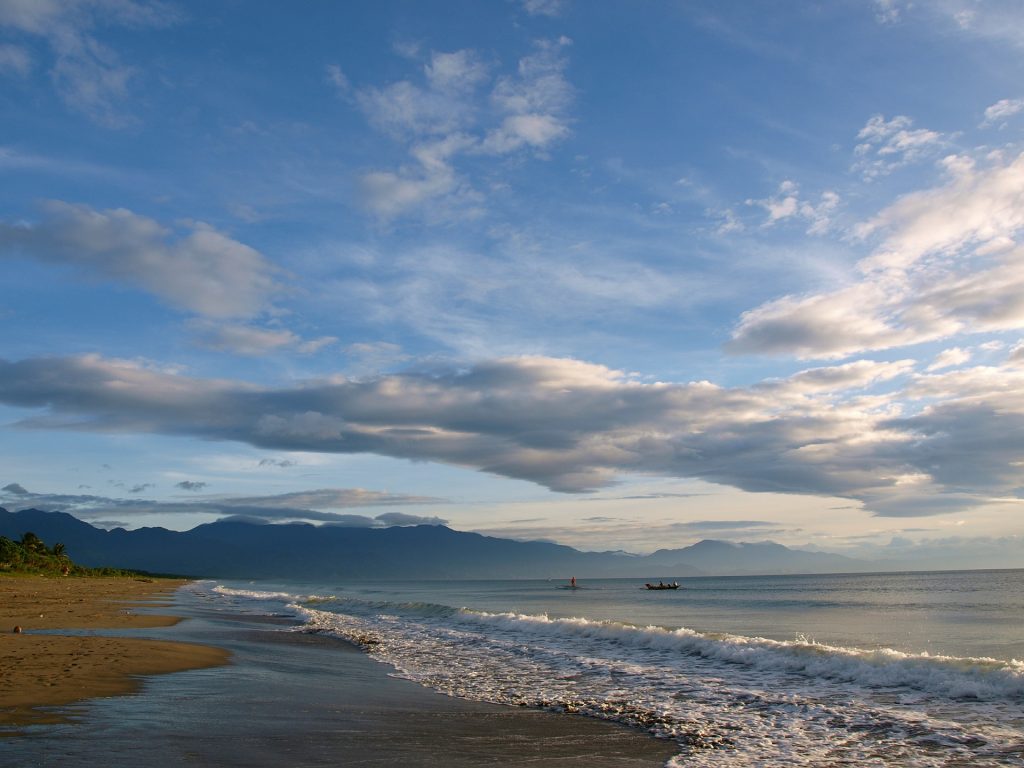Many people choose to retire in Asia. Some opt for the beaches of Bali, others head for the lush greenery of Chiang Mai and foodies prefer the culture of Penang. And that is only the tip of the iceberg when it comes to destinations. But location isn’t the only factor. Selecting a country with one of the best retirement visas in Asia can help you avoid administrative headaches.
So, what countries have the best retirement visas in Asia? Here are the top four.
4) Thailand
Pros: You get to live in Thailand, diverse retirement locations
Cons: The freaking bureaucracy
The most popular retirement visa in Thailand is the Non-Immigrant OA-Long Stay Visa. You’ll need to either deposit THB800,000 (USD25,000) into a Thai bank account or prove you have a monthly income/pension of THB65,000 (USD2,030) or more in order to apply for it. The visa is good for one year and can be extended annually as long as you meet the financial requirements.
There is also a five-year visa, the Non-Immigrant O-X Long Stay Visa, that is open to citizens of Japan, Australia, Denmark, Finland, France, Germany, Italy, Netherland, Norway, Sweden, Switzerland, United Kingdom, Canada and United States. You must be 50 or older and place a THB3 million (USD94,000) security deposit in a Thai bank account to be eligible.
Your experience in applying and receiving one of these visas may vary. There are plenty of people who populate online message boards with horror stories about the process. Be warned, you will be expected to have every single document the Immigration Board asks for and possibly a few they didn’t mention. In most cases, it’s better to hire a lawyer or visa service to help.
3) Malaysia
Pros: MM2H visa is easy to understand, family eligibility, good healthcare
Cons: More expensive than other countries, some people find Malaysia boring

Malaysia is a popular place to retire in Southeast Asia thanks to the Malaysia My Second Home (MM2H) program. MM2H allows anyone who purchases a property over MYR1 million (USD241,000) to obtain a 10-year, multiple-entry visa that family members are also eligible for.
Alternatively, applicants over 50 can instead deposit MYR150,000 (USD36,100) into a Malaysian bank account and prove they have a monthly income of MYR10,000 (USD2,400) from a pension or investments to get the visa.
Other benefits of MM2H include the ability to bring money in Malaysia tax-free. Additionally, importing your car from overseas or purchasing one locally can be done tax-free. Applying is straightforward, but you can also find a number of licensed MM2H agents to help.
2) Cambodia
Pros: Easy visa to obtain, low cost of living
Cons: Not as advanced as neighboring countries, transport system lacking
Cambodia is by far and away the easiest country to obtain a retirement visa. For starters, you will need to enter the country on a 30-day tourist visa at the least. From there, you want to apply for the ER visa extension which is good for 12 months. In some cases, you will be required to provide a proof of retirement from your home country, but this isn’t always asked for.
There is also a visa fee of roughly USD300. Assuming you are approved, and almost everyone over 55 is approved, you will be able to stay in Cambodia for 12 months. The visa can also be extended annually. Easy to apply for and with very little in terms of requirements makes it one of the best retirement visas in Asia. Of course, it also means you have to live in Cambodia.
1) The Philippines

Pros: English widely spoken, indefinite stay, great beaches
Cons: Higher cost of living, further away from other ASEAN countries
It’s a bit odd that the Philippines isn’t as popular as Thailand or Malaysia when it comes to retirement. The Special Resident Retiree’s Visa issued by the Philippines’ Bureau of Immigration is among the best retirement visas in Asia. Privileges include multiple-entry access with the right to stay indefinitely in the Philippines when you deposit USD20,000 in a local bank account.
If you are over 50, this requirement shrinks to USD10,000 as long as you have a pension. The deposit doesn’t have to remain in the bank, however. It can be used towards buying a condominium or leasing a landed property (Foreigners cannot own land in the Philippines, but can acquire freehold condo units).
There is also a special retirement visa for retired armed forces officers of foreign countries with existing military ties/agreements with the Philippine Government. All of the Special Resident Retiree’s Visas provide a number of other benefits to holders.
While these four are among the best retirement visas in Asia, you don’t have to settle on one of these countries. It is possible to retire elsewhere in Asia although the financial requirements may be greater and the process a little more time consuming.


































